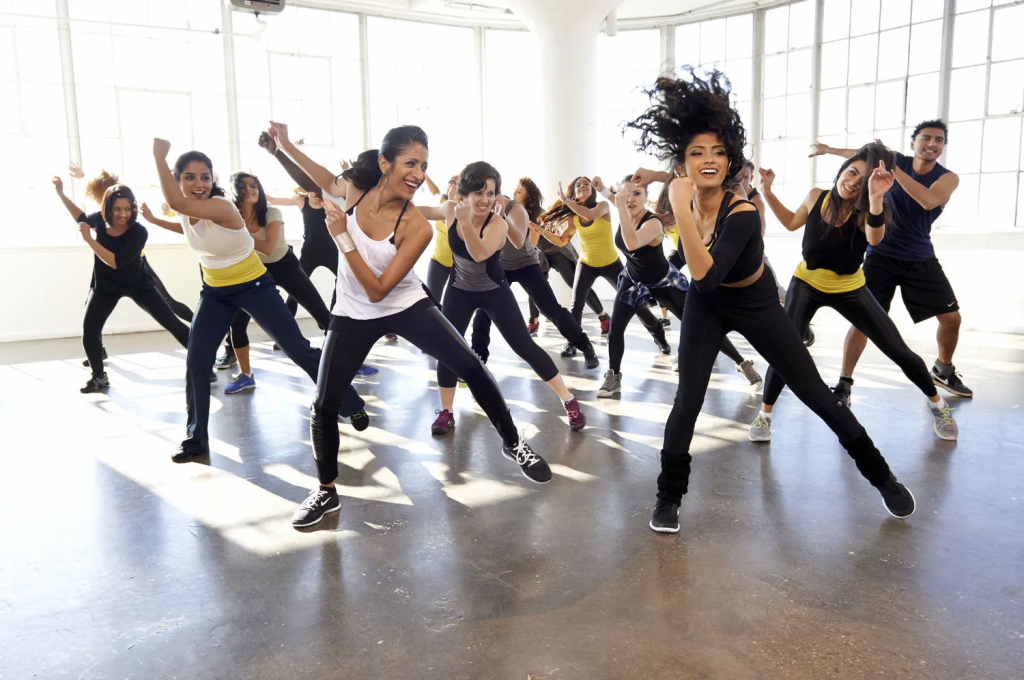If you’re looking to up your workout game or are feeling like you need a break from your usual gym routine, try dancing. You may be surprised at just how much dance can do for your body, from boosting flexibility to reducing stress and even improving your memory!
The energizing, life-affirming and social aspect of dance is one reason it’s such a popular fitness option. It can also help you feel more connected to your community, which is a good thing when it comes to avoiding mental health issues, according to the Mayo Clinic.
Dancing also helps you build strength, says Elizabeth C Gardner, MD, an orthopedic sports medicine surgeon at Yale Medicine in New Haven, Connecticut. “Improving your overall core strength will also promote good posture and prevent injuries, such as muscle pulls and strains,” she adds.
Plus, the exercise-oriented nature of most dance styles (such as ballet and hip-hop) means that you will be engaging a broad range of muscles, from your arms and legs to your core and glutes. This translates into a well-rounded, full-body workout that will leave you feeling strong and limber, no matter your age or fitness level.
Aside from being a fun way to stay active, dance is also a great way to boost your mood and reduce stress levels, says Shape wellness writer Alissa Tucker. “Dancing exercises produce endorphins, the feel-good hormones that improve your mood and lower your stress and anxiety,” she explains.
Research has found that people who regularly dance tend to have lower levels of depression, anxiety and stress than those who don’t. That’s because the activity stimulates the production of feel-good hormones and increases brain volume in the hippocampus, a part of the brain that controls memory, says Tucker.
The physical activity involved in dancing also helps to keep your heart healthy, says Tucker. A study published in the American Journal of Preventive Medicine found that moderate-intensity dancers were 46 percent less likely to develop heart disease or die from it than nondancers.

It can also reduce your risk of bone density loss, especially if you start dancing early in life and continue to dance as you get older. It also allows you to absorb more calcium into your bones, which strengthens them and prevents fractures.
When you combine dance with other aerobic activities, such as running or walking, you can burn more calories in a shorter amount of time, making it an effective weight-loss tool, says Roup. And you can mix it up and do different kinds of dance, such as Latin, jazz or Bollywood, to keep things interesting.
You can find dance cardio classes in most cities, although it’s important to remember that not every style is the same. So make sure to find a class that fits your personality and skill level, says Sarina Jain, an instructor at the Ailey Extension in New York City and a certified group fitness instructor for AKT, a dance cardio program offered through Xponential+.





